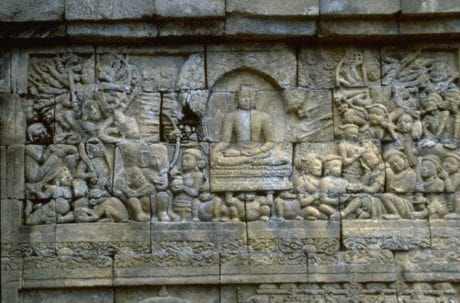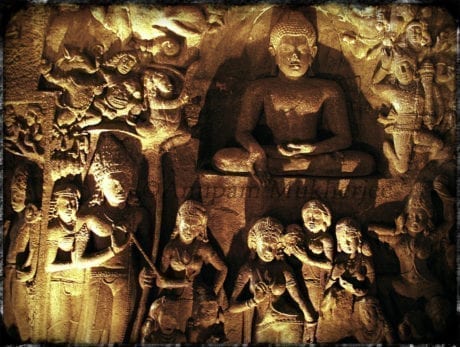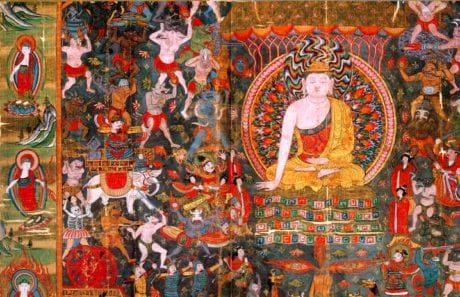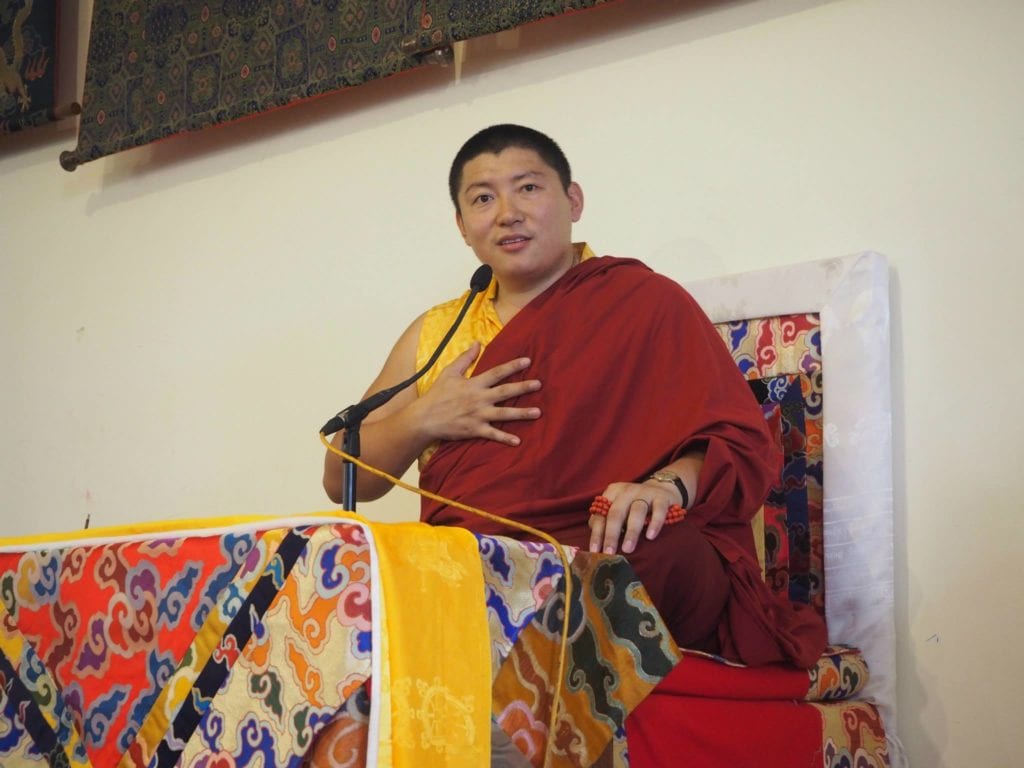Taming Our Minds

Taming our minds remains the most important lesson taught by the Buddha. Yet, we sometimes get confused and think Buddhism means only praying, chanting, or asking lamas for blessings. No! We really need to understand that the Buddha taught everything so we can understand and tame our minds.
Mastering Our Minds: Examples from the Buddha’s Life Story
To understand this, we can recall the story of the Buddha’s own awakening. Life stories describe armies of demons and temptresses sent to distract the Buddha from his quest. From the earliest times Buddhist artists illustrated this story in great detail on major monuments. Every country in the Buddhist world illustrates the mental battle of the Buddha to master his mind.


Why was this such a popular motif? Because mental demons cause a lot of trouble for all of us. By illustrating anger, jealousy, and pride as demonic armies, artists show us how emotions seem very “alive” or real. We can believe that someone or something outside is causing us a lot of trouble!
Yet, the Buddha conquered all of these because he knew how to tame his own mind. Similarly, we can apply ancient techniques to our own modern distractions. We too can awaken by taming our minds!
Taming Our Minds: Advice from Phakchok Rinpoche
In 2016, Phakchok Rinpoche gave a public talk in Bhutan. Although most in the audience were culturally Buddhists, Rinpoche reminded them –just as he reminds all of us — that our focus should be on the mind. And Rinpoche shares that this is how he learned from his own meditation master. His teacher, Nyoshül Khenpo Rinpoche, advised him to conquer his anger by first examining his mind.
were culturally Buddhists, Rinpoche reminded them –just as he reminds all of us — that our focus should be on the mind. And Rinpoche shares that this is how he learned from his own meditation master. His teacher, Nyoshül Khenpo Rinpoche, advised him to conquer his anger by first examining his mind.
Similarly, if we want to learn about the Dharma, the best way is to go back to the basics. Our mind is so chaotic, isn’t it? When we investigate, we can learn to experience our own minds. Every one of us has a mind.
Taming Our Minds: Why Start Here?
We can’t try to tame the outer world — that’s not very reasonable. If we’re having a bad day, say we woke up in a bad mood, let’s look at the reason. Something outside may influence our mind, but if we examine carefully we see that it is our own reaction that causes us pain.
Observing the Process — Try This at Home!
Rinpoche teaches us that our emotions develop in split-second steps. We may not see the movement from one to the next unless we pay careful attention. See if you can spot these:
- Thought arises. For example, “I don’t like that guy.”
- Feeling follows. “He is really irritating me or behaving badly.”
- Physical experience manifests. You feel hot, your pulse quickens, and your face flushes. And you may act: you shout or give a dirty look.
Reflection Exercise
Phakchok Rinpoche asks us to spend a few seconds every day learning to reflect on our minds.
We do this by first observing our own mental state. What kind of a mental mood are you experiencing?
Can you watch how your mental stream is moving? How was your mind a few moments ago? And now?
These are the kinds of questions we need to consider.
Can you catch the three steps of the process from a thought arising through to the physical reaction? Who is in charge here?
Additional Taming Resources
For more specific teachings on training the mind, join our on-line support program, Training the Mind: An Introduction. Here, we offer more teachings by Phakchok Rinpoche, including direct meditation instruction. You can also find more reflections and practical exercises. Please also post any questions in our Student Forum or below in the comments section.










Responses